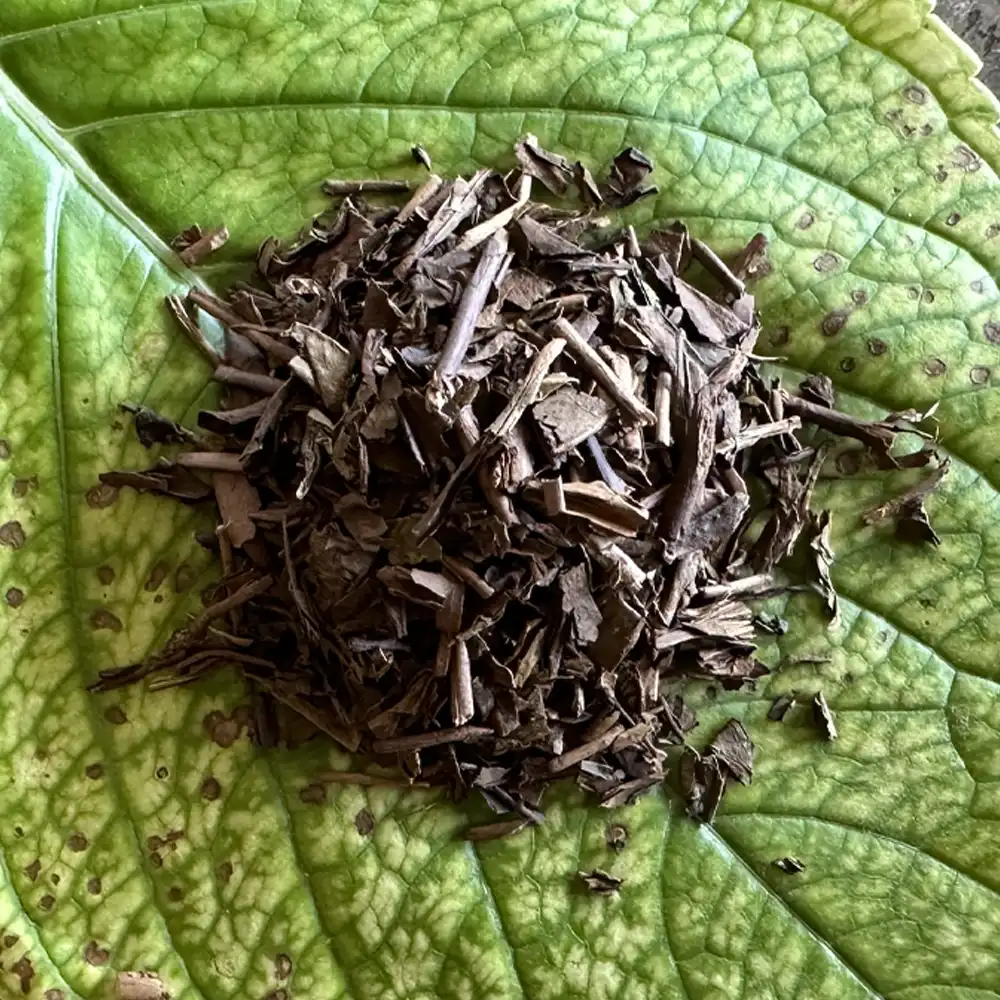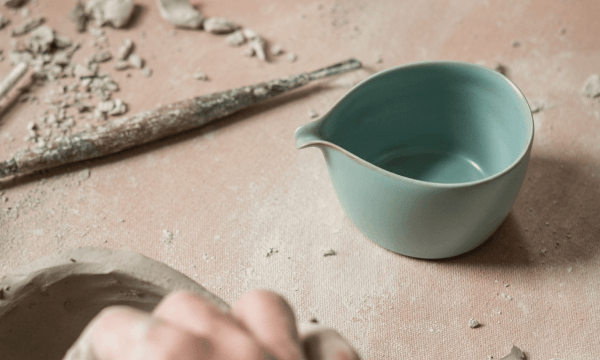tea and its surroundings
Hojicha: what it is and characteristics
Hojicha is a tea that surprises many people upon tasting: it is in fact a Japanese green tea, yet its organoleptic characteristics are quite far from what one would expect for its category. In this short article, we tell you about its history, production techniques, and the olfactory and taste notes that distinguish it.
What is Hojicha tea
The processing of Hojicha tea is basically that of typical Japanese green teas, with a few main steps following the harvesting of the leaves:
– a short withering, which allows the leaves to lose a small percentage of moisture
– the blocking of oxidation, which is achieved by subjecting the tea to steam jets at a very high temperature, thus deactivating the oxidative enzymes
– the stage where the leaves are shaped (usually needle-shaped, for Japanese teas)
– a finaldrying, to fix the flavors and remove residual moisture, making the product ready for packaging and consumption
What then makes Hojicha tea special? An extra step in the processing: roasting.
The name “Hojicha” in fact comes from the Japanese terms hoji (or houji), roasted, and cha, tea: this word thus generally denotes green tea that has undergone a roasting process. There can be two different types of roasting: a milder one, which makes the tea golden but does not completely hide the vegetal and fresh hints of the leaves; and a stronger one, which darkens the color of the tea so much that it resembles to the eye a red tea with brown and coppery hues.


The very roasting also gives Hojicha tea an important characteristic: the very low amount of caffeine. Caffeine is an alkaloid that, with the roasting phase at high temperatures, tends to evaporate almost completely-hence Hojicha becomes the perfect tea for children, the elderly, and people who are particularly sensitive to this exciting substance. In fact, if one is highly sensitive to caffeine, one tends to avoid drinking tea in the afternoon, lest drinking it at too late a time or in the evening impair sleep and cause difficulty falling asleep. Instead, a cup of Hojicha is allowed, so that you do not deprive yourself of the pleasure of a good tea when you want it.
When the Hojicha is born
Hojicha actually originated in not very distant times, just a hundred years ago. We are in Kyoto around 1920 when a merchant, in order not to waste leftover old, unsold green tea, decides to try putting it together and roasting it, including twigs, leaves and stems. The result is very pleasing to the palate and people like it; Hojicha thus won its own niche in the market.
In fact, roasting tea remains an excellent way to recover low-to-medium grade leaves (usually bancha, poor quality sencha , or kukicha) that have now lost their aroma. Green tea is extremely delicate and should be consumed in a fairly short period of time, as it tends to lose its fragrance in a few months.
In addition to correcting the flavor, roasting also allows the product to be stored longer: if kept in a special package, away from light, odors and moisture, a Hojicha tea can be stored for a long time, keeping its flavor almost unchanged.
Hojicha: what does it taste like?
The typical notes of hojicha tea are really surprising: from a Japanese green tea one would expect freshness, herbaceous and marine notes, but instead…
Hojicha tea has very enveloping notes reminiscent of wood, hazelnuts, even latte. The roasting gives very pleasant hints of nuts, and the almost creamy sweetness of this tea is truly remarkable. Perfect for fall weather and to counteract the early cold weather!


How to best prepare Hojicha tea
Here are instructions for a perfect Western-style hot brew:
1. Weigh out the necessary amount of Hojicha leaf tea and put it in a teapot: for every 200ml of water you will need 2.5 to 3 grams of tea, depending on how intense you want it
2. Bring the filtered or bottled water (with low fixed residue) to a temperature of 85°C
3. Pour the hot water over the leaves and let it steep for 2 minutes, then strain and serve the tea
If you have a kyusu, the typical Japanese teapot, you can try infusing it with slightly different parameters. For 150ml water you can infuse 4 grams of Hojicha tea, but proceeding with ashorter infusion of only 30 seconds. This, somewhat as with Chinesegong fu cha , will allow you to reuse the same leaves to re-infuse the tea at least 2 more times, lengthening the time slightly (10 seconds longer with each infusion).


There is also the possibility of infuse this tea cold: for summer is great, tasty and refreshing. Here are the steps:
1. For 1 liter of water, weigh 10 grams of Hojicha
2. Infuse the leaves at room temperature and place your pitcher or teapot tightly sealed in the refrigerator–alternatively, a glass bottle will do just fine
3. Let the tea steep for 4-5 hours
4. Take it out of the refrigerator and strain it into another carafe or bottle
Before drinking it, it is best to let the tea stand at room temperature a few minutes so that it is not excessively cold.
If you want to experiment with kyusu again, you can proceed to koridashi, or Japanese infusion with ice. Fill your kyusu with ice cubes, pour in Hojicha leaf tea (2 g for a 150 ml kyusu will do just fine) and let the ice melt completely. The infusion will be thirst quenching and sweet!
Interesting pairings with Hojicha tea
Hojicha tea, as we have seen, has notes reminiscent of roasted nuts and especially hazelnuts: a great pairing will therefore be with hazelnut shortbread or a cake covered with hazelnut crumbs. Toasted bread with a hazelnut cream will also go well with this tea.
For a pairing with a savory food, we can pair it with, for example, soft or semi-seasoned cheeses, which enhance the milky note and creamy body of the tea while creating a pleasant contrast with the roasted and woody notes.
Even a white meat such as chicken pairs well with Hojicha, as does baked or steamed fish: the tea, with its extreme smoothness and creaminess, will enhance and round out the flavors of both meat and fish, without ever overpowering them.
Have we intrigued you? You can purchase some excellent organic Hojicha tea from our online store!






